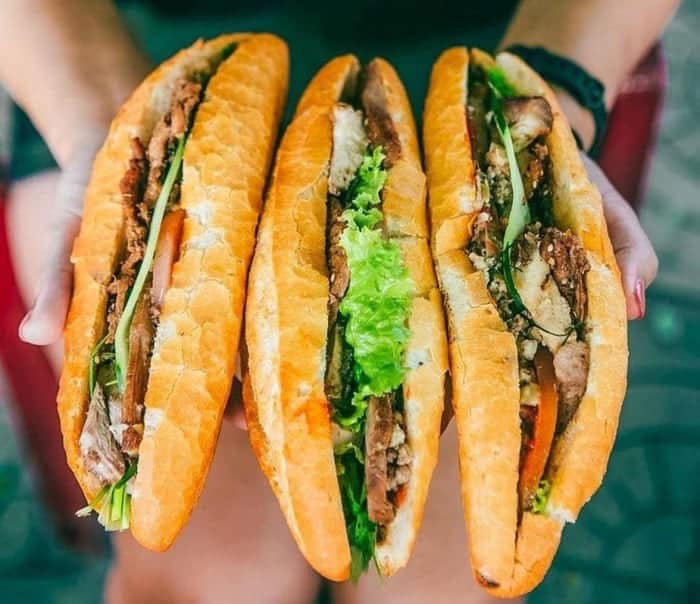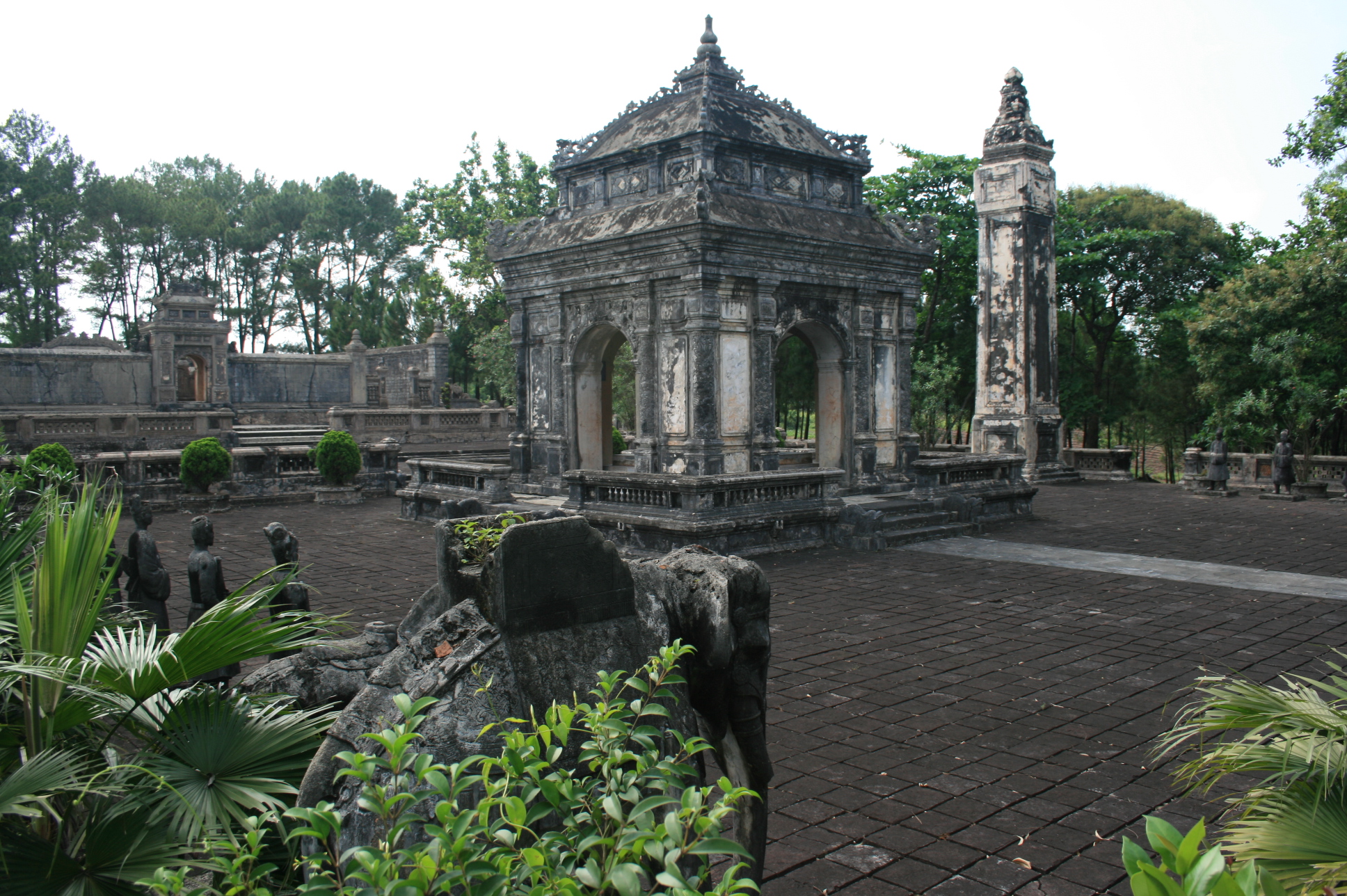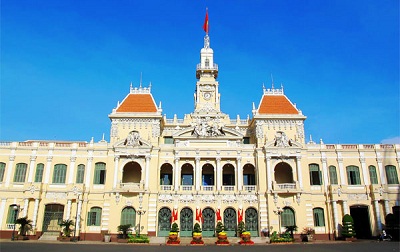- Vietnam Culture
- Vietnam – a perfect country
- The tranquil beauty of Pho
- Geology Museum on Ha Long
- Ha Noi gets the best
- Len Dong: an ancient shaman
- 100 Essential Vietnamese Words for
- Vietnamese Writing
- Vietnamese Langguage
- OX racing festival
- Vietnam National Day
- Vietnam New Year – The
- Perfume Pagoda festival
- Mid-Autumn Festival in Vietnam
- Hung king festival
- Vietnamese Ca tru
- Vietnamese Kites — History and
- Vietnamese Lanterns — What They
- Vietnamese Embroidery
- Vietnam is a culturally diverse
The Timeless Elegance of the Vietnamese Traditional Long Dress: Áo Dài
The Vietnamese traditional long dress, commonly known as the Áo Dài, is a symbol of Vietnam’s rich cultural heritage and enduring elegance. Renowned for its graceful lines and understated beauty, the Áo Dài has captivated the hearts of people worldwide, transcending borders as a cultural icon.
Historical Origins
The Áo Dài traces its roots back to the 18th century during the reign of the Nguyen Lords. Inspired by the five-paneled tunic known as “Áo Ngũ Thân” worn by the nobility, the Áo Dài gradually evolved into the streamlined, two-panel design we see today. Over centuries, it has undergone various transformations to reflect changing societal norms and fashion trends, yet it remains steadfastly emblematic of Vietnamese identity.
Design and Structure
The Áo Dài typically consists of two main parts:
- A long tunic: This form-fitting garment is tailored to accentuate the wearer’s figure. It features a high mandarin collar, long sleeves, and slits on both sides, extending from the waist down to allow ease of movement.
- Trousers: Flowing silk or satin trousers, often in complementary or contrasting colors, are worn underneath the tunic.
Made from luxurious fabrics such as silk, brocade, or chiffon, the Áo Dài is often adorned with intricate embroidery, hand-painted designs, or decorative patterns. These embellishments range from floral motifs to symbolic elements like dragons or phoenixes, each carrying unique cultural significance.
Colors and Symbolism
In Vietnamese culture, the color of the Áo Dài often conveys specific meanings:
- Red: Traditionally worn at weddings, it symbolizes good luck and happiness.
- White: Often associated with purity and innocence, it is commonly worn by students and young women.
- Black or dark tones: Historically favored by rural women for practicality, these colors are also used in formal occasions.
- Bright hues: Popular for festive celebrations, showcasing joy and vitality.
Modern Adaptations
While the Áo Dài remains deeply rooted in tradition, modern iterations have introduced new materials, patterns, and silhouettes to cater to contemporary tastes. Designers have experimented with shorter hems, bolder colors, and even asymmetrical cuts, breathing fresh life into this timeless garment.
The Áo Dài is no longer confined to ceremonial or formal occasions. Today, it is a versatile attire, worn by women and men alike, from school uniforms and workplace attire to performances and international cultural showcases.
Global Recognition
The Áo Dài’s beauty and cultural significance have made it an enduring symbol of Vietnam on the global stage. It is a popular feature at international fashion events and cultural exhibitions, where it continues to inspire admiration for its elegance and craftsmanship.
Conclusion
The Vietnamese traditional long dress, the Áo Dài, is much more than a piece of clothing; it is a living testament to Vietnam’s history, artistry, and cultural pride. As it evolves alongside modern trends, it continues to embody the essence of Vietnamese grace and identity, ensuring its place as a cherished national treasure for generations to come.














